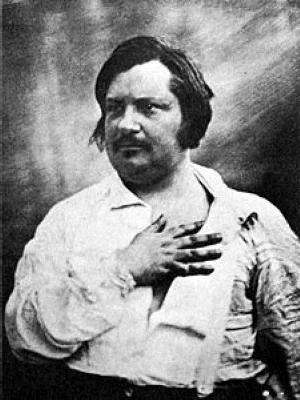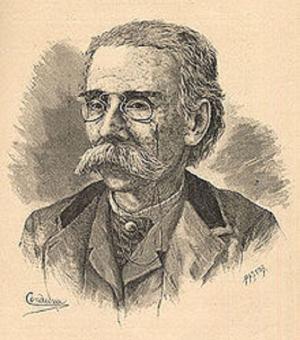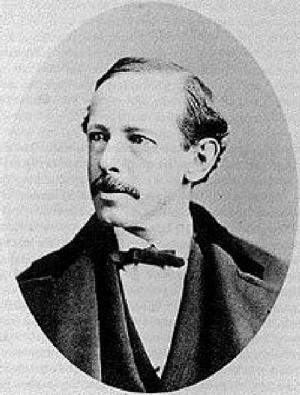The Power of Movement in Plants
Nonfiction, Science & Nature, Science, Biological Sciences, Evolution| Author: | Charles Darwin | ISBN: | 9781455390069 |
| Publisher: | B&R Samizdat Express | Publication: | December 15, 2009 |
| Imprint: | Language: | English |
| Author: | Charles Darwin |
| ISBN: | 9781455390069 |
| Publisher: | B&R Samizdat Express |
| Publication: | December 15, 2009 |
| Imprint: | |
| Language: | English |
The Introduction begins: "The chief object of the present work is to describe and connect together several large classes of movement, common to almost all plants. The most widely prevalent movement is essentially of the same nature as that of the stem of a climbing plant, which bends successively to all points of the compass, so that the tip revolves. This movement has been called by Sachs "revolving nutation;" but we have found it much more convenient to use the terms CIRCUMNUTATION and CIRCUMNUTATE. As we shall have to say much about this movement, it will be useful here briefly to describe its nature. If we observe a circumnutating stem, which happens at the time to be bent, we will say towards the north, it will be found gradually to bend more and more easterly, until it faces the east; and so onwards to the south, then to the west, and back again to the north. " According to Wikipedia: "Charles Robert Darwin (12 February 1809 19 April 1882) was an English naturalist, who realised and demonstrated that all species of life have evolved over time from common ancestors through the process he called natural selection. The fact that evolution occurs became accepted by the scientific community and the general public in his lifetime, while his theory of natural selection came to be widely seen as the primary explanation of the process of evolution in the 1930s, and now forms the basis of modern evolutionary theory. In modified form, Darwin’s scientific discovery remains the foundation of biology, as it provides a unifying logical explanation for the diversity of life."
The Introduction begins: "The chief object of the present work is to describe and connect together several large classes of movement, common to almost all plants. The most widely prevalent movement is essentially of the same nature as that of the stem of a climbing plant, which bends successively to all points of the compass, so that the tip revolves. This movement has been called by Sachs "revolving nutation;" but we have found it much more convenient to use the terms CIRCUMNUTATION and CIRCUMNUTATE. As we shall have to say much about this movement, it will be useful here briefly to describe its nature. If we observe a circumnutating stem, which happens at the time to be bent, we will say towards the north, it will be found gradually to bend more and more easterly, until it faces the east; and so onwards to the south, then to the west, and back again to the north. " According to Wikipedia: "Charles Robert Darwin (12 February 1809 19 April 1882) was an English naturalist, who realised and demonstrated that all species of life have evolved over time from common ancestors through the process he called natural selection. The fact that evolution occurs became accepted by the scientific community and the general public in his lifetime, while his theory of natural selection came to be widely seen as the primary explanation of the process of evolution in the 1930s, and now forms the basis of modern evolutionary theory. In modified form, Darwin’s scientific discovery remains the foundation of biology, as it provides a unifying logical explanation for the diversity of life."















